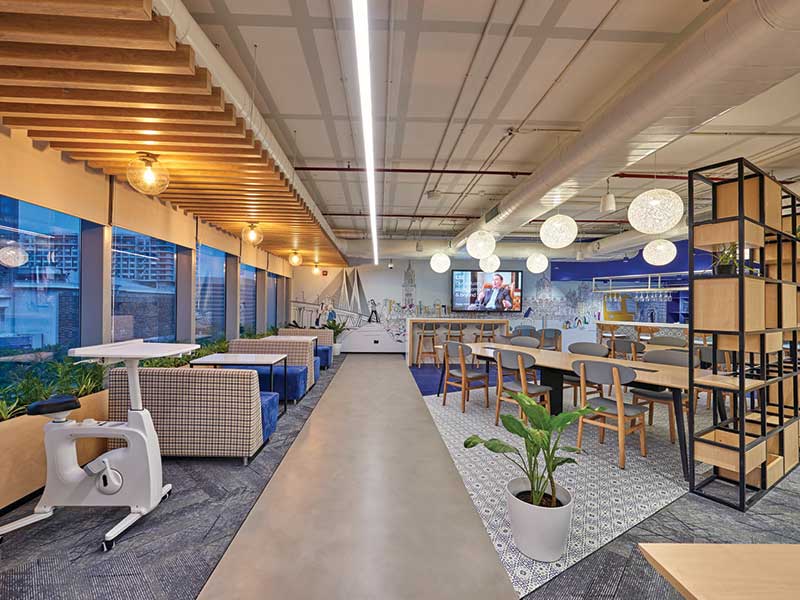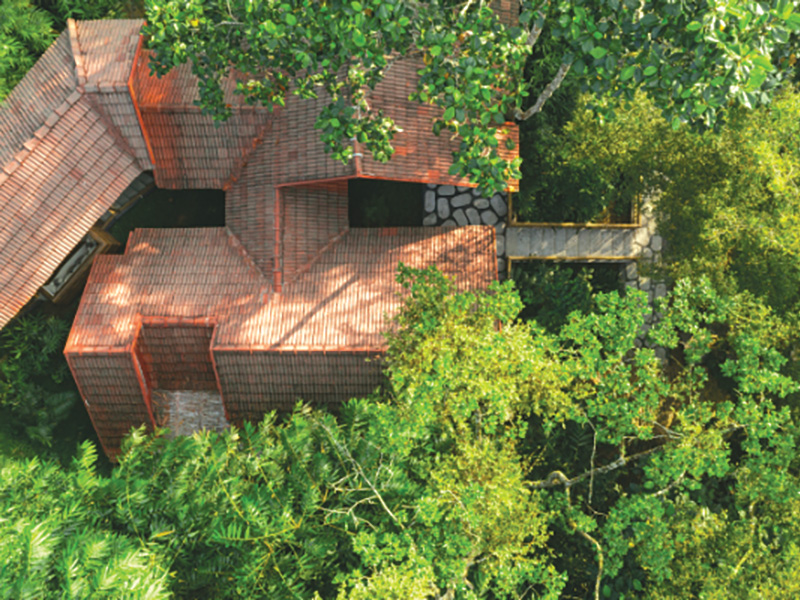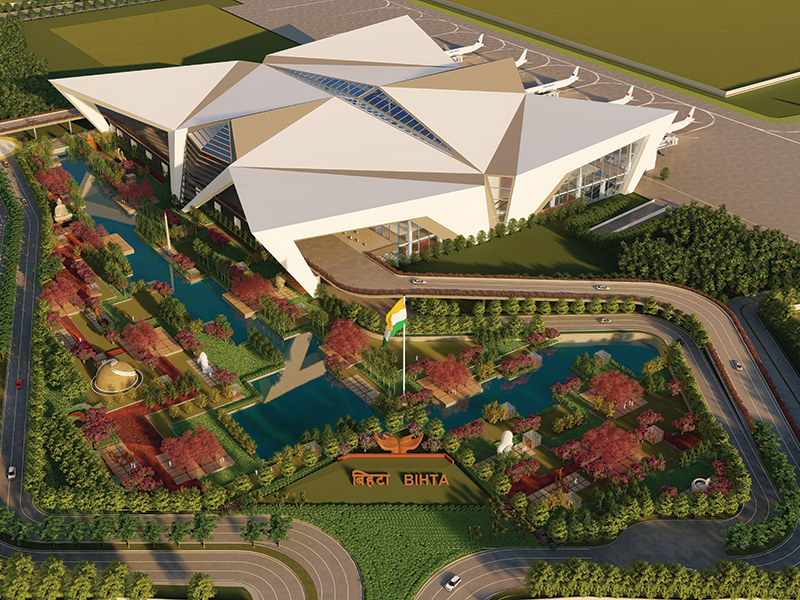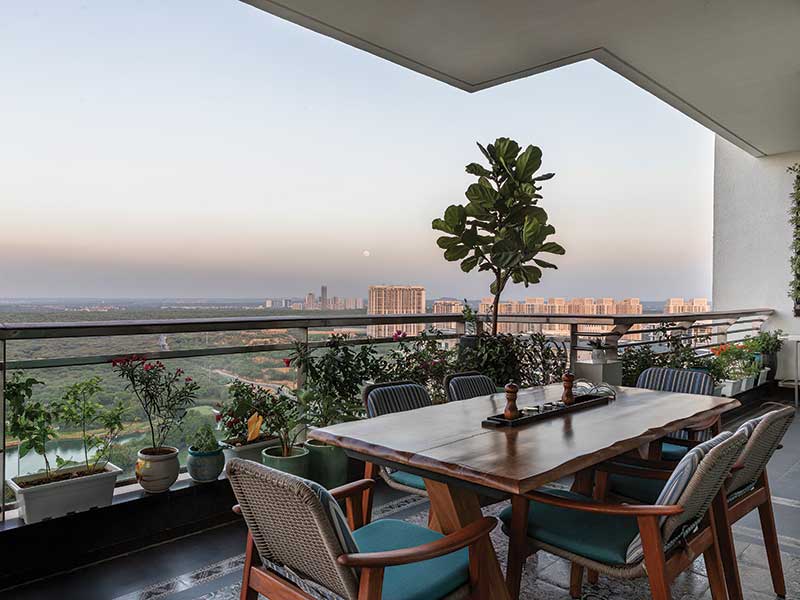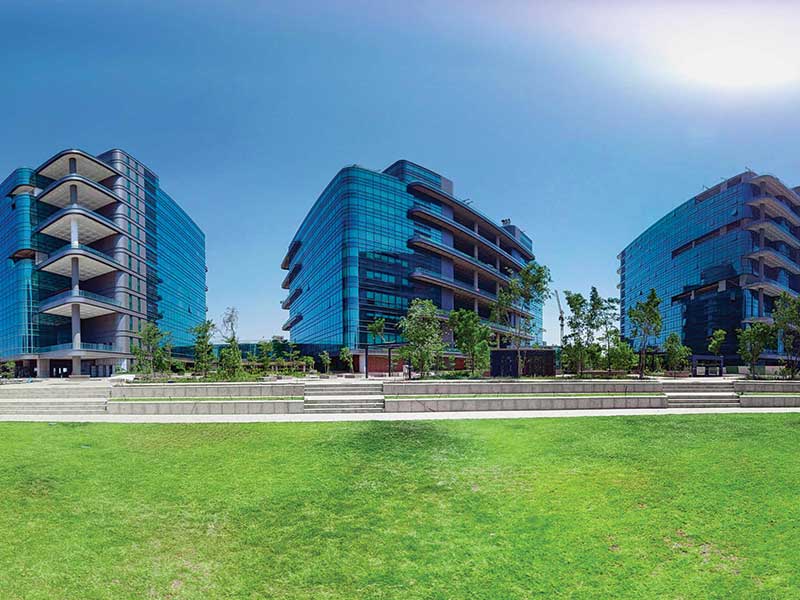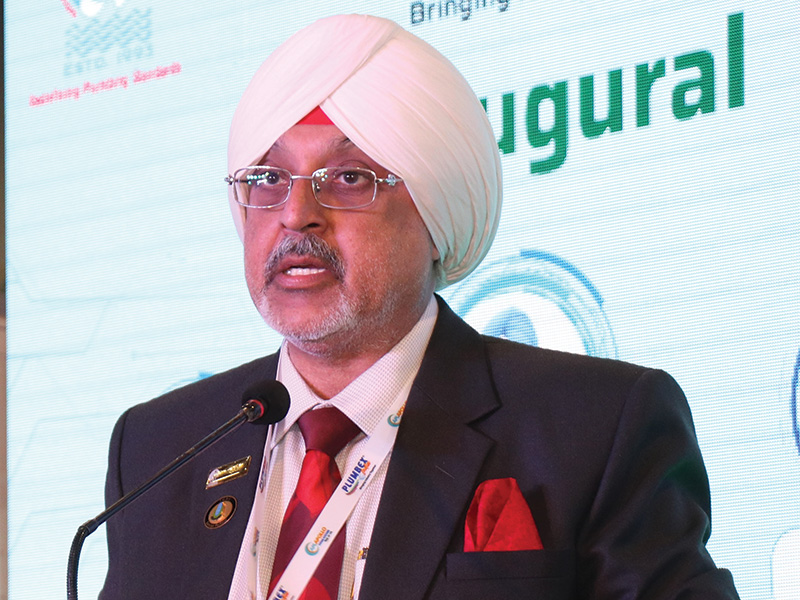
The Industrial Revolution is a watershed event in human evolution that is (mis) credited with various pivotal events, notably the introduction of fossil fuels, which has resulted in global warming. Growing labour demand prompted widespread migration to cities, resulting in the development of new architectural guiding principles for mass housing and the grid technique of town planning. The house was reduced to a ‘machine for life’, with architecture focusing on mass production of housing to feed factories with insatiable appetites for labour.
Today, the Covid pandemic has threatened millions of lives and has had a negative influence on economies across the world; but it will not be the last epidemic that humanity will experience. We have already experienced three pandemics in the 21st century and must realize that epidemics are becoming quite frequent. We have to restore the ecosystems and we can do it collectively and collaboratively.
Unsustainable urbanisation, climate change, biodiversity loss, and deterioration of ecosystem services are concerns that all Indian cities face today, along with water scarcity, flooding, and pollution. Policy makers in India have yet to consider incorporating nature into urban infrastructure. On the other hand, European governments are increasingly turning to natural-based solutions (NbS).
Various urban challenges are being addressed around the world using methods that place environment at the forefront of their plans. For example, as part of the Green Corridor project, Medelln, Colombia’s second-largest city, used NbS to alter 18 roadways and 12 rivers. In the Indian context, such solutions become more important and need to be incorporated in policy making and city development agendas.
Architects, urban planners, and landscape architects must collaborate to build more resilient and eco-friendly cities, supported by local governments
Our cities must be reimagined from the ground up. Agencies must collaborate in building more resilient and environmentally friendly homes and cities. To approach environmental rating systems and performance scores as the baseline for the future, the architect, urban planner, and landscape architect must work as a team with the support of an urban governance authority that can make policy changes.
For a time, lockdowns helped the environment breathe cleaner air, but India produced 45,308 tons of bio-medical rubbish between June 2020 and May 10, 2021, with an average daily output of 132 tons of Covid-19-related garbage, according to the Central Pollution Control Board. Despite the enormous health and environmental crises, if everyone works together, the damage can be minimised.



